|
Your search criteria found 985 images Feature Name |
| My List |
Addition Date | Target | Mission |
Instrument
|
Size |

|
1998-10-30 | J Rings |
Voyager |
1715x1706x1 | |
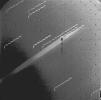
|
|||||

|
2002-12-21 |
SIM PlanetQuest |
2736x1836x3 | ||
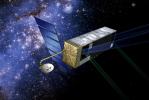
|
|||||

|
2003-05-15 |
Spitzer Space Telescope |
606x441x3 | ||
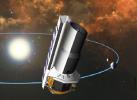
|
|||||

|
2004-05-27 |
Spitzer Space Telescope |
1600x1200x3 | ||
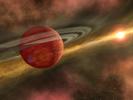
|
|||||

|
2004-12-09 |
Spitzer Space Telescope |
3000x1688x3 | ||
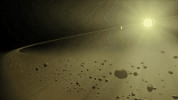
|
|
||||

|
2004-12-09 |
Spitzer Space Telescope |
1386x956x3 | ||
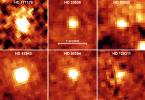
|
|||||

|
2005-01-11 |
Spitzer Space Telescope |
3000x2400x3 | ||
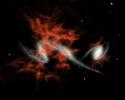
|
|||||

|
2005-10-20 |
Spitzer Space Telescope |
3000x2400x3 | ||
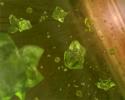
|
|||||

|
2006-04-05 |
Spitzer Space Telescope |
3200x2400x3 | ||
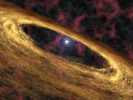
|
|||||

|
2006-04-05 |
Spitzer Space Telescope |
3000x2400x3 | ||
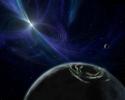
|
|||||

|
2006-07-24 |
Spitzer Space Telescope |
3200x2400x3 | ||
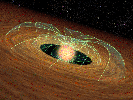
|
|||||

|
2006-08-23 |
Galaxy Evolution Explorer (GALEX) |
3000x2400x3 | ||
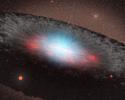
|
|||||

|
2006-08-23 |
Galaxy Evolution Explorer (GALEX) |
3000x2400x3 | ||
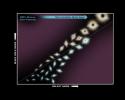
|
|||||

|
2006-12-18 |
Spitzer Space Telescope |
644x481x3 | ||
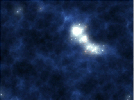
|
|||||

|
2007-01-26 |
Spitzer Space Telescope |
3000x2400x3 | ||
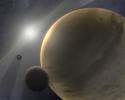
|
|||||

|
2007-02-21 |
Spitzer Space Telescope |
3000x2400x3 | ||
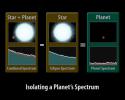
|
|||||

|
2007-02-21 |
Spitzer Space Telescope |
3000x2400x3 | ||
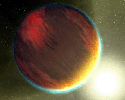
|
|||||

|
2007-03-29 |
Spitzer Space Telescope |
3000x2000x3 | ||
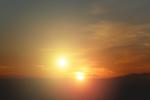
|
|||||

|
2007-03-29 |
Spitzer Space Telescope |
3000x2400x3 | ||
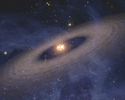
|
|||||

|
2007-04-18 | Rosette Nebula |
Spitzer Space Telescope |
3300x2400x3 | |
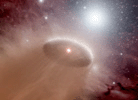
|
|||||

|
2007-05-30 |
Spitzer Space Telescope |
2400x3000x3 | ||

|
|||||

|
2007-05-30 |
Spitzer Space Telescope |
3000x2400x3 | ||
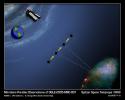
|
|||||

|
2007-07-24 |
Spitzer Space Telescope |
3000x2400x3 | ||
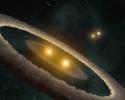
|
|||||

|
2007-08-06 | CL0958+4702 |
Spitzer Space Telescope |
3000x2400x3 | |
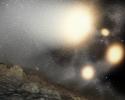
|
|||||

|
2007-08-06 | CL0958+4702 |
Spitzer Space Telescope |
3000x2400x3 | |
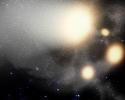
|
|||||

|
2007-10-03 |
Spitzer Space Telescope |
3000x2400x3 | ||
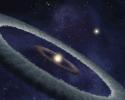
|
|||||

|
2007-10-25 |
Spitzer Space Telescope |
3000x2400x3 | ||
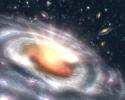
|
|||||

|
2007-11-06 | 55 Cancri |
PlanetQuest |
720x540x3 | |
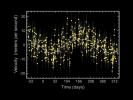
|
|||||

|
2007-11-06 | 55 Cancri |
PlanetQuest |
1435x939x3 | |
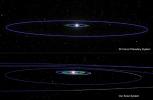
|
|||||

|
2007-11-28 | UX Tau A |
Spitzer Space Telescope |
3000x2400x3 | |
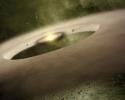
|
|||||

|
2008-01-25 | Abell 1763 |
Spitzer Space Telescope |
2688x1962x3 | |
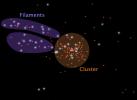
|
|||||

|
2008-04-28 |
Galaxy Evolution Explorer (GALEX) |
3840x3840x3 | ||
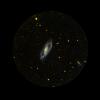
|
|||||

|
2008-05-29 | Cassiopeia A |
Spitzer Space Telescope |
5000x4965x3 | |
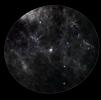
|
|||||

|
2008-06-03 | Milky Way |
Spitzer Space Telescope |
5600x5600x3 | |
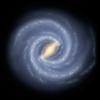
|
|||||

|
2008-07-10 |
Spitzer Space Telescope |
936x936x3 | ||
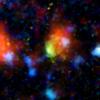
|
|||||

|
2008-11-19 |
Mars Science Laboratory (MSL) |
2736x3648x3 | ||

|
|||||

|
2008-11-19 |
Mars Science Laboratory (MSL) |
1200x678x3 | ||
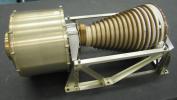
|
|||||

|
2008-12-10 |
Spitzer Space Telescope |
3000x2400x3 | ||
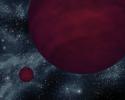
|
|||||

|
2009-01-05 |
Spitzer Space Telescope |
3000x2400x3 | ||
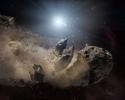
|
|||||

|
2009-04-07 |
Spitzer Space Telescope |
3000x2400x3 | ||
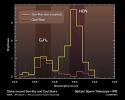
|
|||||

|
2009-04-07 |
Spitzer Space Telescope |
3000x2400x3 | ||
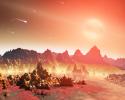
|
|||||

|
2009-05-28 | VB 10 |
PlanetQuest |
565x567x3 | |
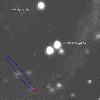
|
|||||

|
2009-05-29 |
Dawn |
500x270x1 | ||
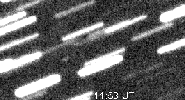
|
|||||

|
2009-08-19 |
Galaxy Evolution Explorer (GALEX) |
3000x1800x3 | ||
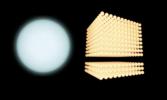
|
|||||

|
2009-08-19 |
Galaxy Evolution Explorer (GALEX) |
2288x1144x3 | ||
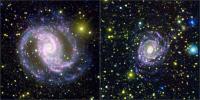
|
|||||

|
2009-10-07 |
Spitzer Space Telescope |
3000x2400x3 | ||
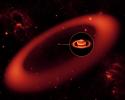
|
|||||

|
2009-11-17 |
Wide-field Infrared Survey Explorer (WISE) |
720x540x3 | ||

|
|||||

|
2009-11-17 |
Wide-field Infrared Survey Explorer (WISE) |
2418x1018x3 | ||
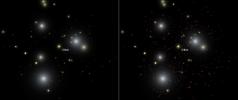
|
|||||

|
2009-11-17 |
Wide-field Infrared Survey Explorer (WISE) |
1000x600x3 | ||
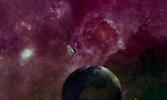
|
|||||

|
2009-11-20 |
Cassini-Huygens |
3019x2031x3 | ||
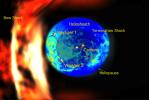
|
|||||

|
2009-11-23 |
Spitzer Space Telescope |
3200x2400x3 | ||
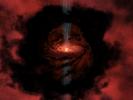
|
|||||

|
2010-03-17 |
Spitzer Space Telescope |
4096x3072x3 | ||
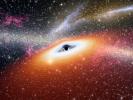
|
|||||

|
2010-04-21 |
Spitzer Space Telescope |
3300x2550x3 | ||
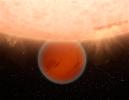
|
|||||

|
2010-06-24 |
Spitzer Space Telescope Wide-field Infrared Survey Explorer (WISE) |
3000x2400x3 | ||
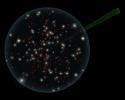
|
|||||

|
2010-07-14 | 4000x2666x3 | |||
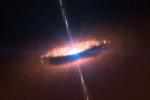
|
|||||

|
2010-07-22 |
Hubble Space Telescope Spitzer Space Telescope |
3000x2400x3 | ||
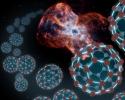
|
|||||

|
2011-01-12 |
Subaru Telescope |
1100x1100x3 | ||
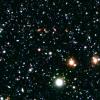
|
|||||

|
2011-03-08 |
Voyager |
1280x720x3 | ||
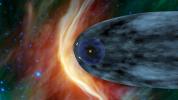
|
|||||

|
2011-04-08 |
Galaxy Evolution Explorer (GALEX) |
3000x2000x3 | ||
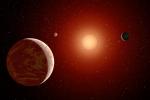
|
|||||

|
2011-04-28 |
Voyager |
1280x720x3 | ||
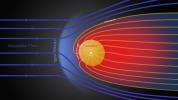
|
|||||

|
2011-04-28 |
Voyager |
793x704x3 | ||
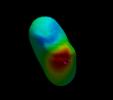
|
|||||

|
2011-05-19 |
Galaxy Evolution Explorer (GALEX) |
4266x2400x3 | ||
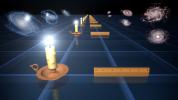
|
|||||

|
2011-06-30 |
Spitzer Space Telescope |
3500x2700x3 | ||
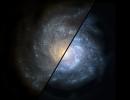
|
|||||

|
2011-08-15 |
Spitzer Space Telescope |
1200x847x3 | ||
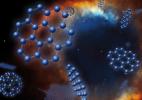
|
|||||

|
2011-08-23 |
Wide-field Infrared Survey Explorer (WISE) |
4800x3200x3 | ||
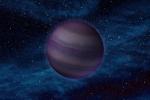
|
|||||

|
2011-08-23 |
Wide-field Infrared Survey Explorer (WISE) |
6000x3000x3 | ||
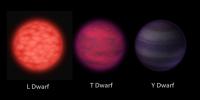
|
|||||

|
2011-09-13 |
Herschel Space Observatory |
2500x1875x3 | ||
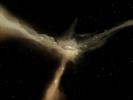
|
|||||

|
2011-09-15 |
Kepler |
8000x6000x3 | ||
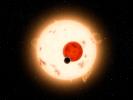
|
|||||

|
2011-09-15 |
Kepler |
3000x2400x3 | ||
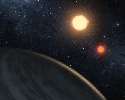
|
|||||

|
2011-09-15 |
Kepler |
1279x718x3 | ||
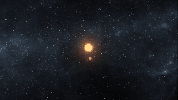
|
|||||

|
2011-09-15 |
Kepler |
3000x2400x3 | ||
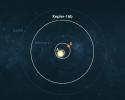
|
|||||

|
2011-10-20 |
Herschel Space Observatory |
3000x2400x3 | ||
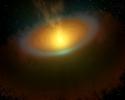
|
|||||

|
2011-10-03 |
Mars Science Laboratory (MSL) |
2500x1406x3 | ||
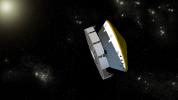
|
|||||

|
2011-11-10 | 720x540x3 | |||
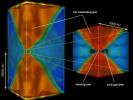
|
|||||

|
2011-12-12 |
Spitzer Space Telescope |
7600x5500x3 | ||
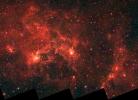
|
|||||

|
2011-12-16 | Sol (our sun) |
Voyager |
1280x720x3 | |
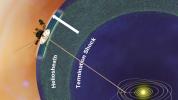
|
|||||

|
2012-01-11 |
Kepler |
5400x2400x3 | ||
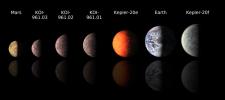
|
|||||

|
2012-01-11 |
Kepler |
3000x2000x3 | ||
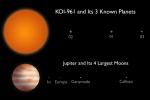
|
|||||

|
2012-02-22 |
Spitzer Space Telescope |
4268x2400x3 | ||
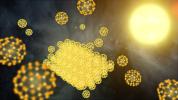
|
|||||

|
2012-02-23 |
NuSTAR |
3000x1993x3 | ||
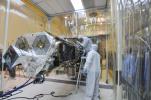
|
|||||

|
2012-02-23 |
NuSTAR |
1993x3000x3 | ||

|
|||||

|
2012-03-02 |
NuSTAR |
2122x3000x3 | ||

|
|||||

|
2012-03-02 |
NuSTAR |
3000x2169x3 | ||
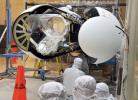
|
|||||

|
2012-04-17 |
Chandra X-ray Observatory Hubble Space Telescope Spitzer Space Telescope |
3600x2880x3 | ||
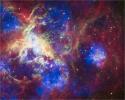
|
|||||

|
2012-05-08 |
Spitzer Space Telescope |
3000x2400x3 | ||
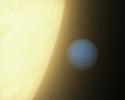
|
|||||

|
2012-05-09 |
Herschel Space Observatory |
4500x3600x3 | ||
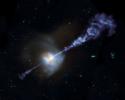
|
|||||

|
2007-11-14 |
Galaxy Evolution Explorer (GALEX) |
3000x2400x3 | ||
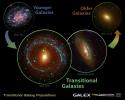
|
|||||

|
2012-05-23 |
Spitzer Space Telescope |
2299x2299x3 | ||
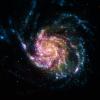
|
|||||

|
2012-06-04 |
NuSTAR |
3000x1993x3 | ||
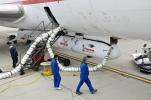
|
|||||

|
2012-07-18 |
Spitzer Space Telescope |
5120x2880x3 | ||
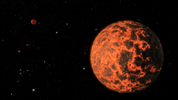
|
|||||

|
2012-10-03 |
Spitzer Space Telescope |
4444x2500x3 | ||
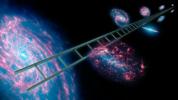
|
|||||

|
2012-09-15 | 2400x2400x3 | |||
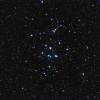
|
|||||

|
2012-09-15 | 4800x2700x3 | |||
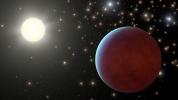
|
|||||

|
2012-09-18 | 1439x1080x3 | |||

|
|||||

|
2012-10-24 |
Spitzer Space Telescope |
3600x2400x3 | ||
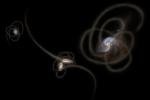
|
|||||

|
2012-11-07 |
Chandra X-ray Observatory Isaac Newton Telescope Spitzer Space Telescope |
3600x3600x3 | ||
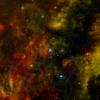
|
|||||

|
2012-12-03 | Sol (our sun) |
Voyager |
1000x973x3 | |
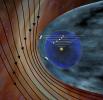
|
|||||

|
2013-01-08 |
Hubble Space Telescope Spitzer Space Telescope |
4268x2400x3 | ||
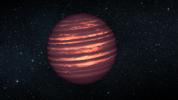
|
|||||

|
2013-01-10 |
ESO Very Large Telescope Galaxy Evolution Explorer (GALEX) Spitzer Space Telescope |
5000x2812x3 | ||
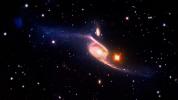
|
|||||

|
2013-01-07 |
Kepler |
3000x2250x3 | ||
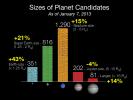
|
|||||
 |
 |
 |
 |
 |
 |
 |
 |
 |
 |

|
|
| 1-100 | 101-200 | 201-300 | 301-400 | 401-500 | 501-600 | 601-700 | 701-800 | 801-900 | 901-1000 |
| Currently displaying images: 1 - 100 of 985 |